A group of 22 journalists from 17 countries spoke highly of the development of northwest China's Xinjiang Uygur Autonomous Region during a nine-day visit recently.
The journalists gained firsthand knowledge about the region's economic and social development, diverse culture, and the development of the Belt and Road Initiative during the trip, which ran from September 21-29. They visited various places in Xinjiang, including the regional capital, Urumqi, the Kashgar Prefecture and the Ili Kazak Autonomous Prefecture.
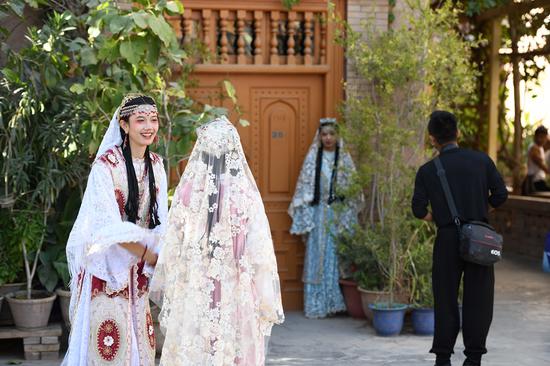
At the Xinjiang International Grand Bazaar in Urumqi, Simon Max Zeise, a business editor at Berliner Zeitung, found the place to be a bustling sign of prosperity. He was also keen to buy a present for his daughter.
Zeise said he had seen the real Xinjiang during his trip. "In Germany, you see some people living on the street. But here in Xinjiang, you don't see poverty and don't see people living on the street. They have work, get education and they can benefit from society."
"Xinjiang's economic development is impressive, and I think it has a good future," said Arman Bin Ahmad, a senior news editor at the New Straits Times in Malaysia.
Since ancient times, Xinjiang has been a region where diverse cultures meet. The journalists strolled through the streets in the ancient city of Kashgar to learn about the rich folk culture.
"Xinjiang is a colorful region full of cultural, religious and ethnic diversity. We're happy to see all these differences living together peacefully," said Mohammad Reza Noroozpour, vice president of the Khabaronline news agency in Iran.
"It's just like a Persian carpet, weaving differences into a beautiful picture," he added.
The journalists also visited the Xinjiang Islamic Institute in Urumqi and the Id Kah Mosque in Kashgar during their trip. They also attended a lecture on protecting the freedom of religious belief in Xinjiang.
"Absolutely, there is freedom of religion in Xinjiang. Anybody who does not say that is ignorant," said Donovan Ralph Martin, CEO and editor-in-chief of the Daily Scrum News of Canada.
At the China-Kazakhstan Horgos International Border Cooperation Center, Yerzhan Bagdatov, director of Toppress.kz news agency in Kazakhstan was excited.
"The center in Horgos can be a bridge between Kazakhstan and China and a bridge between China and European countries," said Bagdatov.
Meanwhile, Frank Willems, editor of ChinaSquare.be in Belgium, commented, "Actually, some trains also come from China to Belgium. Even in the town where I'm living in Brussels, we have trains from China, mainly transporting cars. And the cars sell very well in Belgium."
Willems added that he is looking forward to the development of China-Europe freight trains and the Belt and Road Initiative.
During the trip, the journalists also visited an exhibition on the fight against terrorism and extremism in Xinjiang, where they witnessed China's achievements in this regard through photos and video recordings.
"I've been studying this topic for more than 10 years," said Mussolini Sinsuat Lidasan, a columnist with Davao Sun Star News of the Philippines.
"The exhibition here is comprehensive. China has done a lot, but the Western countries still need to learn from China. I hope countries can work together to tackle terrorism."








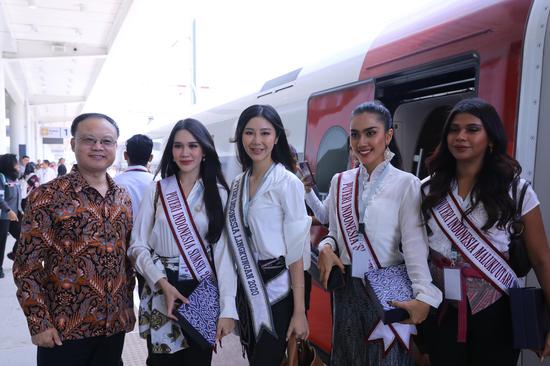
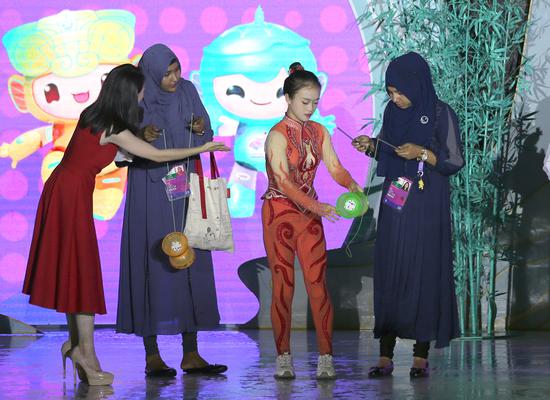
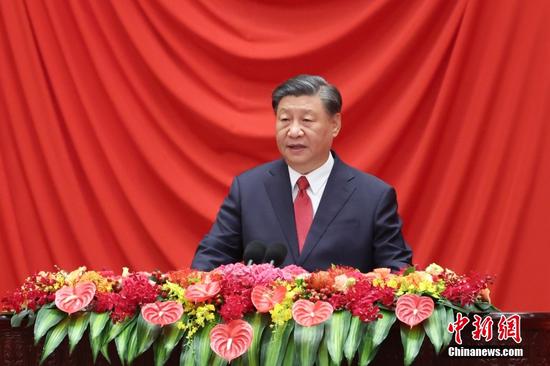
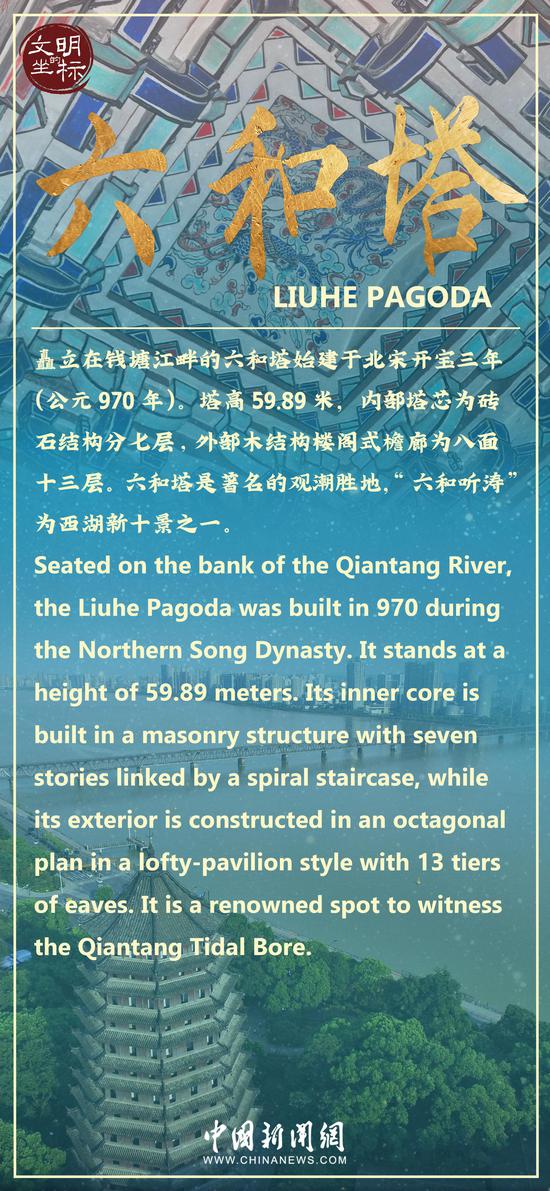
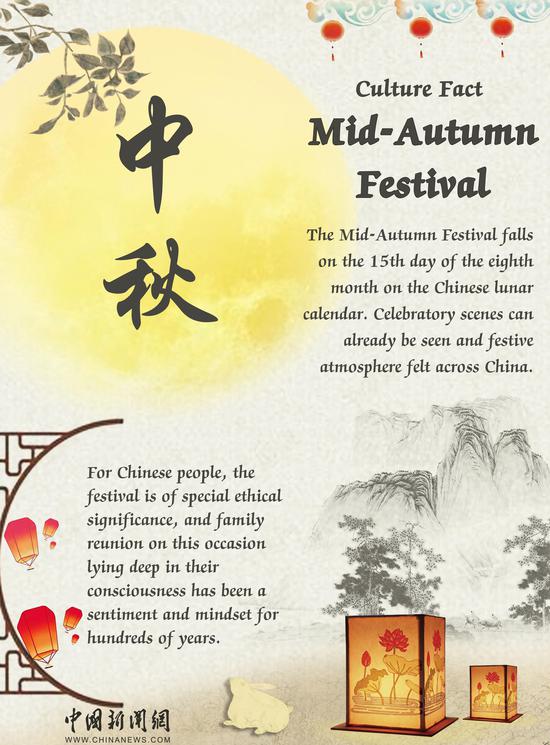
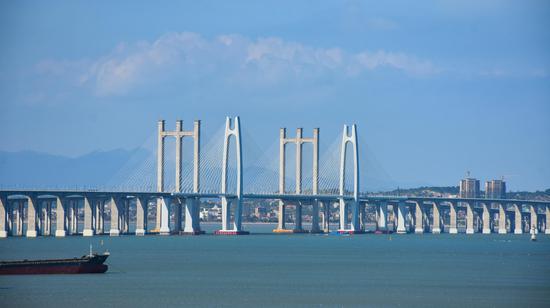
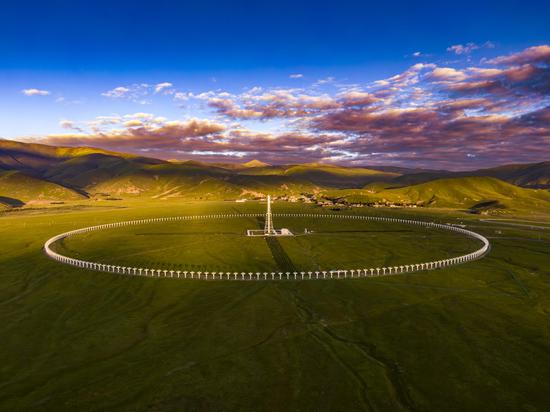

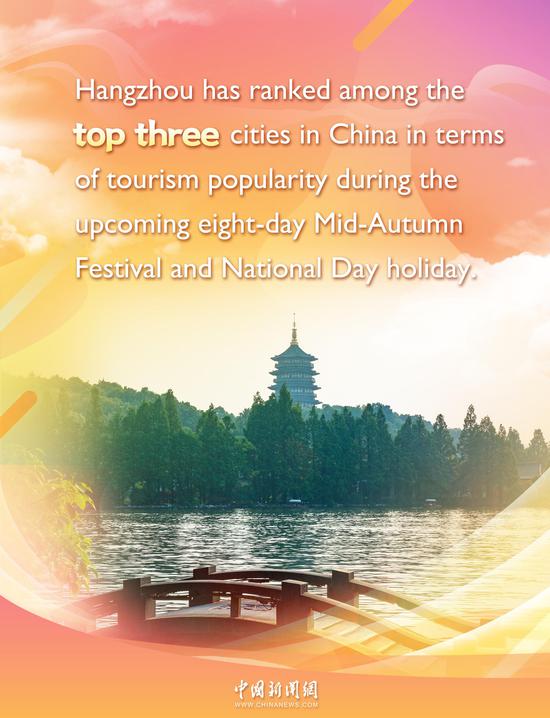
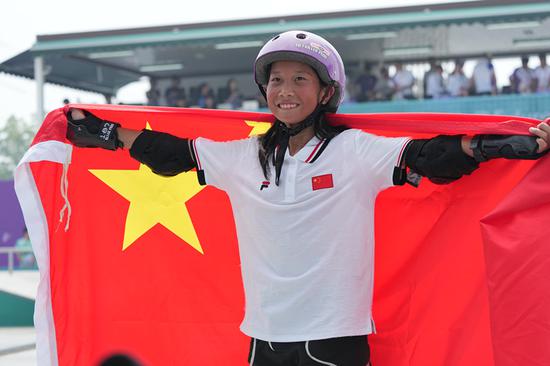

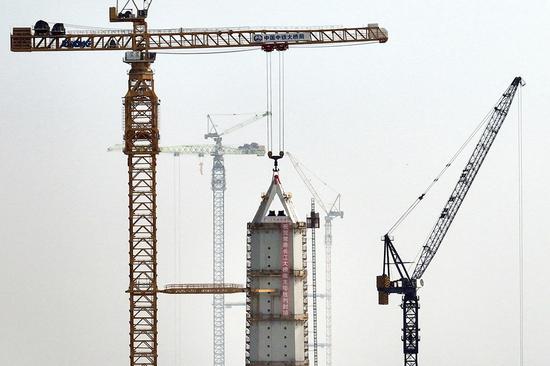

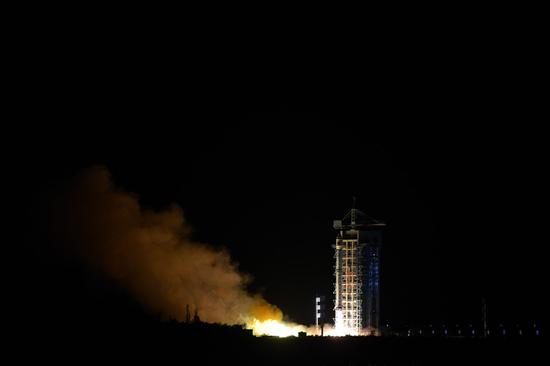
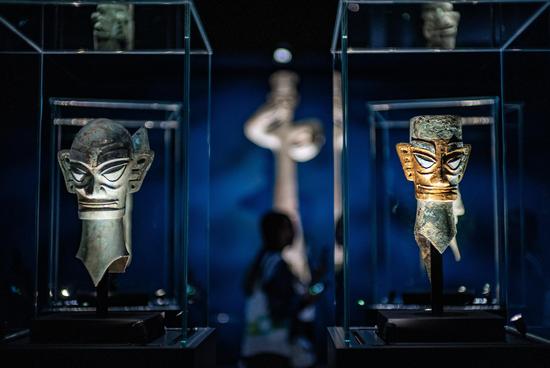



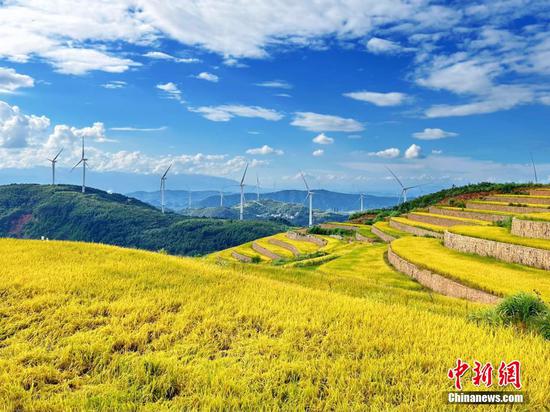


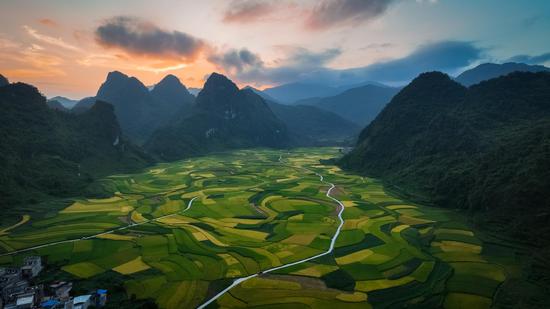

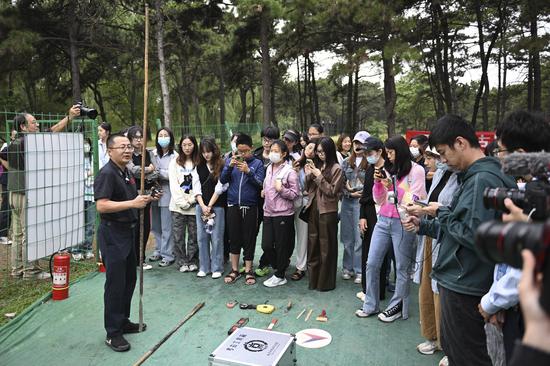
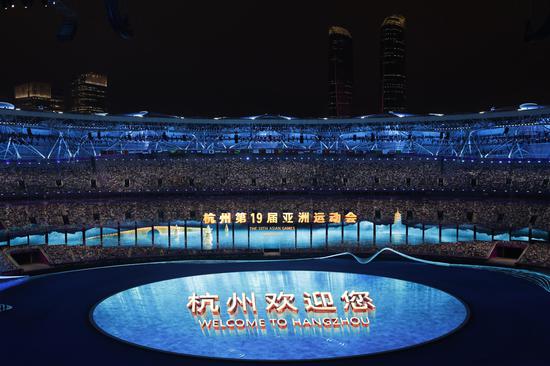

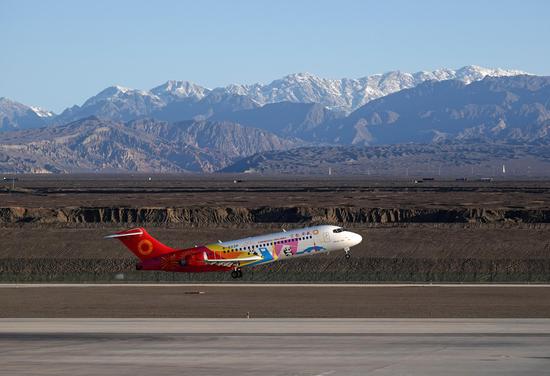

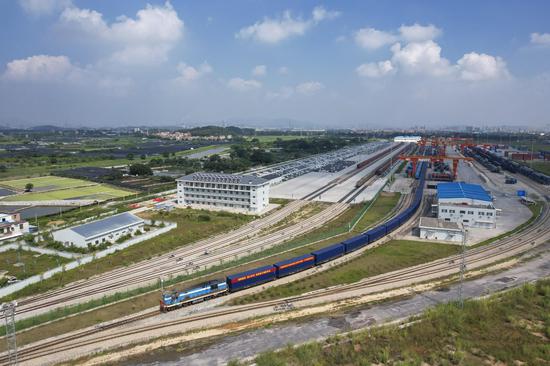
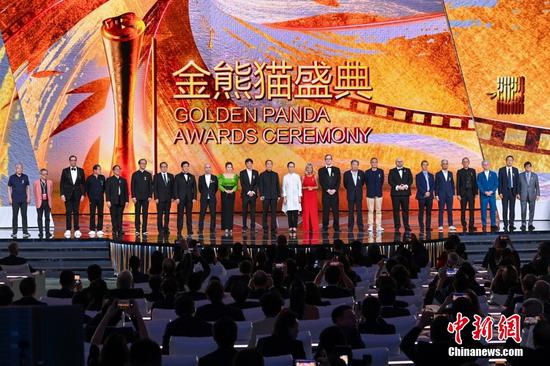

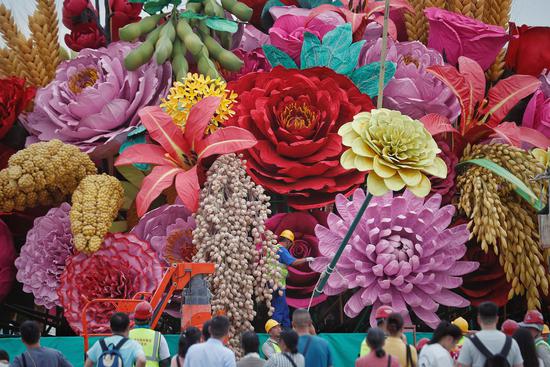
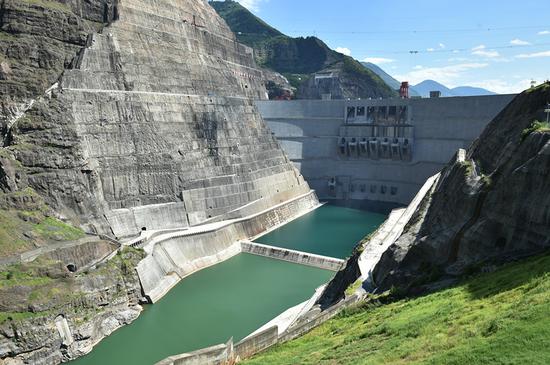

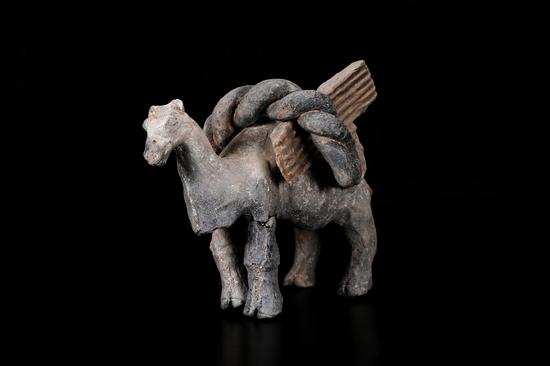







 京公网安备 11010202009201号
京公网安备 11010202009201号